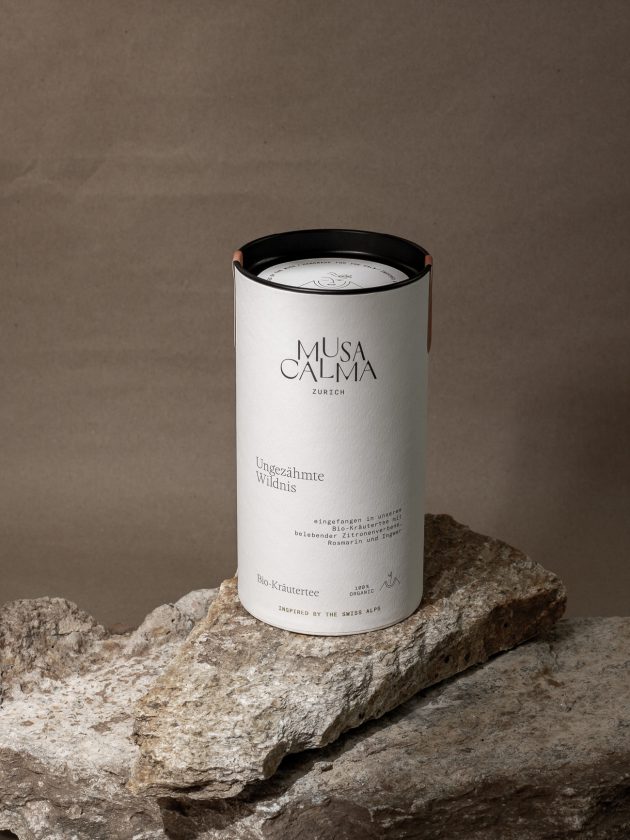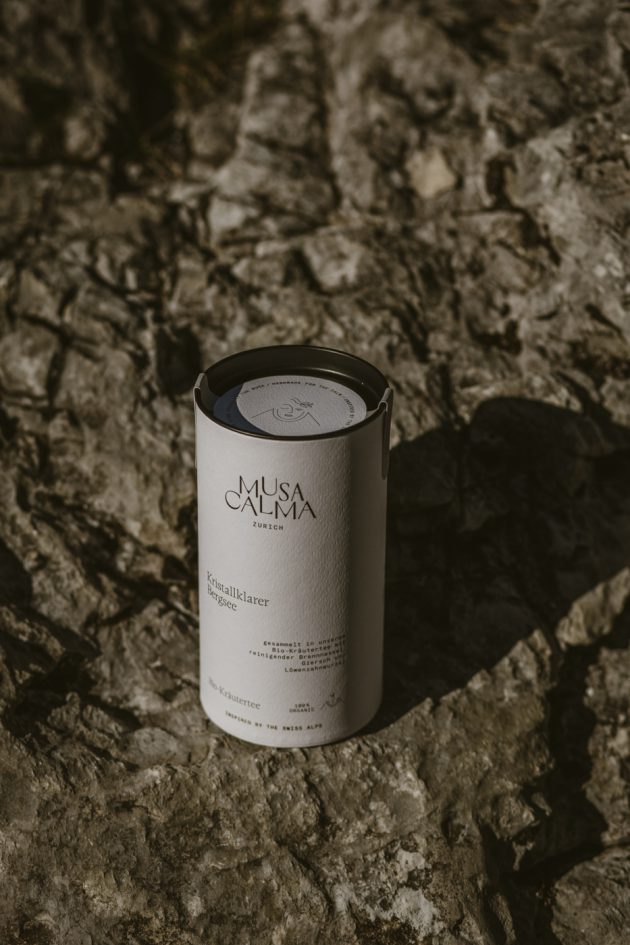 Organic Herbal Tea
Organic Herbal TeaCRYSTAL CLEAR MOUNTAIN LAKE
CHF 17.90
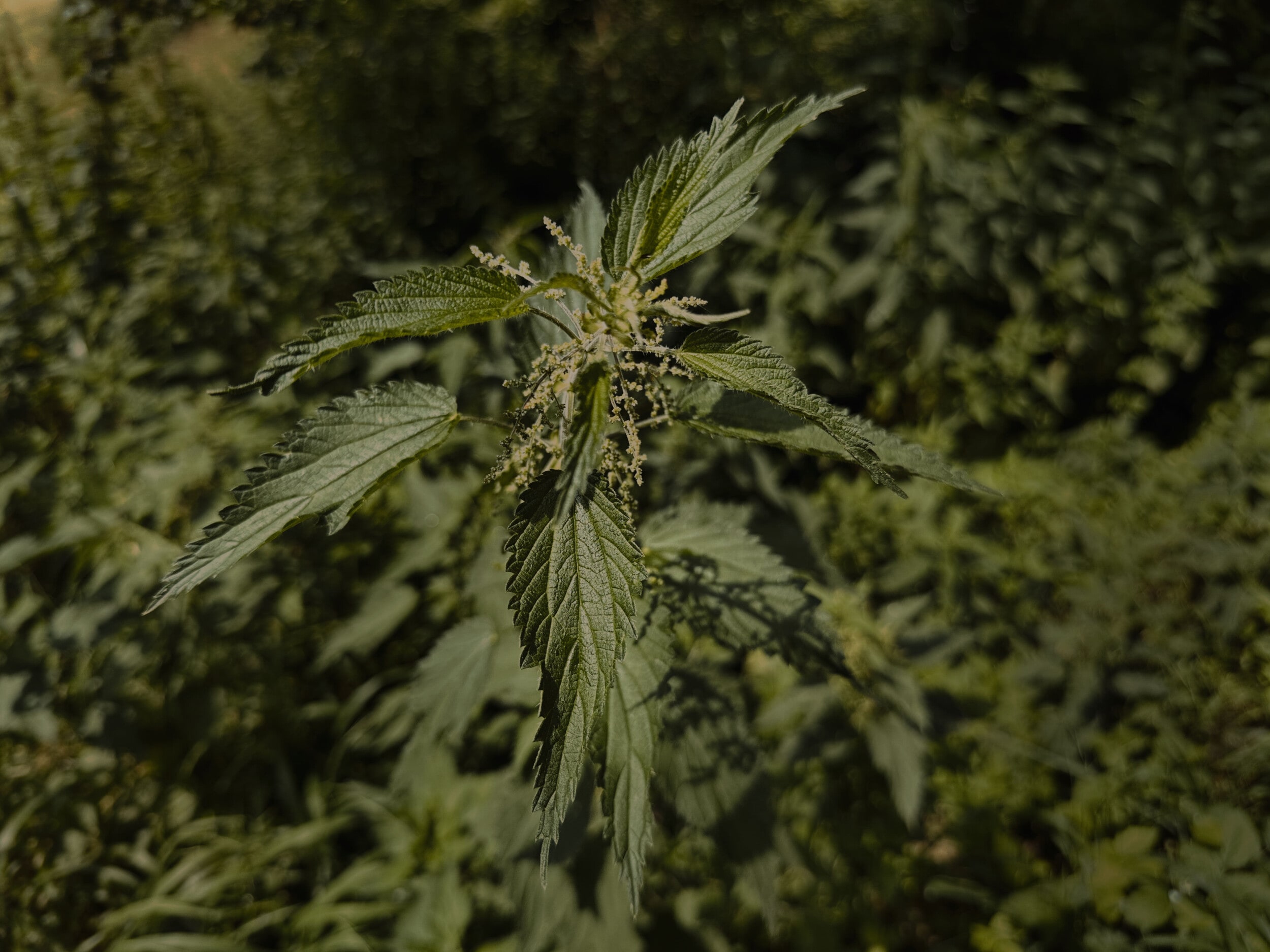
| English | Great nettle |
| Latin | Urtica dioica |
| Family | Nettle family (Urticaceae) |
| Ingredients | Plant acids, flavonoids, unsaturated fatty acids, chlorophylls, histamine, serotonin, vitamins A and C, up to 20% minerals such as potassium/ iron/ silicic acid/ calcium/ magnesium |
Characteristics
The stinging nettle is a perennial, edible weed that grows up to 1.5 m high. What looks like several stinging nettles in one place is in fact often a single plant, as it forms many underground runners. It occurs in almost all temperate zones of the world and can be found everywhere in the vicinity of human habitation
The square stem, covered with bristles and stinging hairs, sits upright and has cross-opposite leaves that are elongated and heart-shaped, also hairy, pointed and coarsely toothed. The stinging nettle has female and male specimens, which is why it is a dioecious plant. Male flower panicles are erect, whereas the female ones hang down after fertilization and form small, tasty nut fruits.
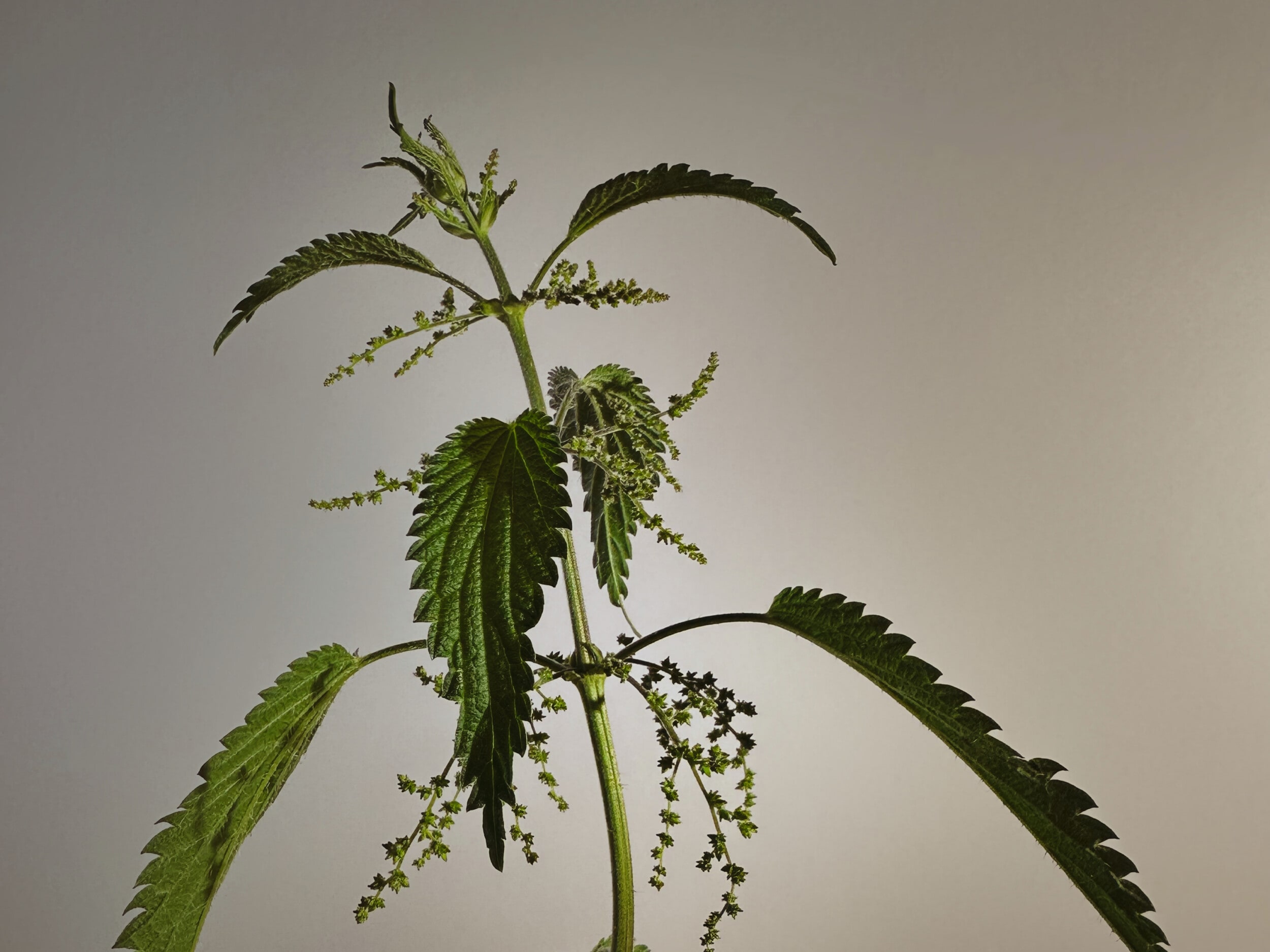
History and interesting facts
Stinging nettle attracted the attention of people from early on. From the Greek physician Hippocrates to Dioscorides, Hildegard von Bingen and Paracelsus, all wrote about the many uses of stinging nettle in their traditional works. A cure activates the metabolism and digestion and is said to awaken the spirits in spring.
Numerous areas of application are mentioned, such as: Blood purification, anemia, iron deficiency, allergies, skin conditions, hair loss, kidney disease, urinary tract, water retention, joint inflammation, gout and rheumatism. What was used as folk medicine in the past is now scientifically proven. A strengthening tonic made from the nut fruits, also known colloquially as nettle seeds, is said to awaken the fire of love in both men and women.
It was also considered an oracle plant, a means of protection against evil spirits in the stable and a cult food. The bast fibers were once used to make fabric and paper, which is now being rediscovered in some cases. Nettle liquid manure can also be used as a bio-fertilizer, resulting in a better harvest and improving soil quality.
Note
Caterpillars also like to eat nettle leaves, so nature lovers should not collect nettles if the eggs of butterflies or caterpillars are visible. 50 different butterfly species such as the admiral, small fox or peacock butterfly lay their eggs on the leaves. Nettles are therefore a valuable herb for biodiversity.

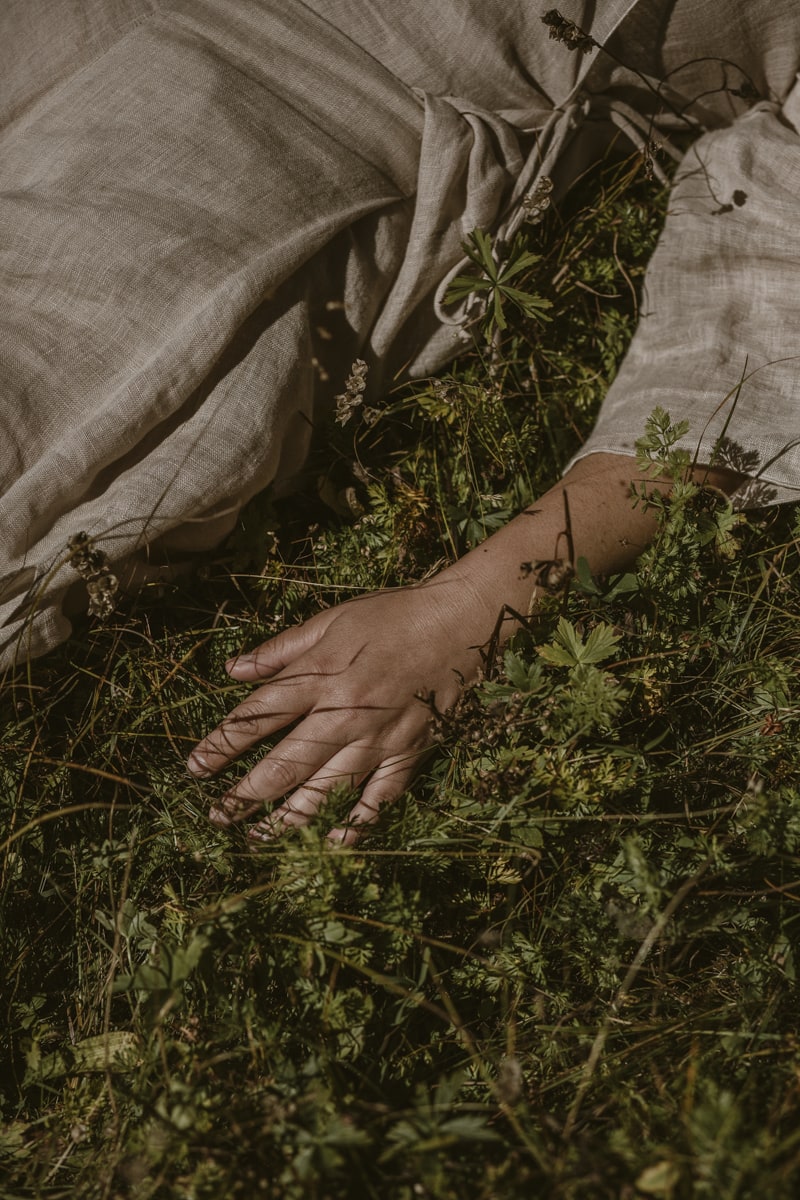
The use of stinging nettle in Musa Calma products
In our organic herbal teas, we enjoy nettle together with other tasty herbs.
